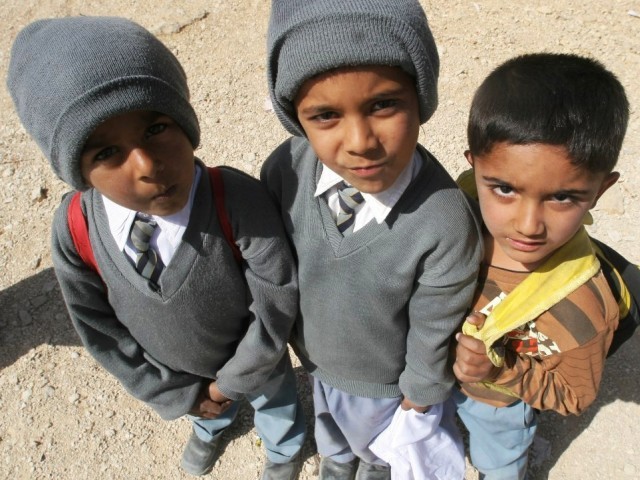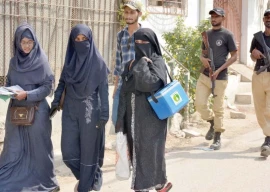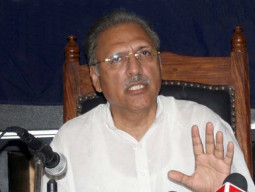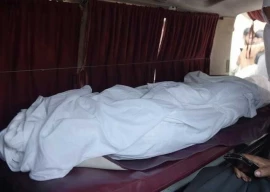
The Sindh government has allocated a higher budget to education but public sector schools have failed to increase enrolment or even control the drop-out rates of students.
These findings were made by a non-profit organisation, DevCon, which carried out a detailed study of budget allocations and expenditures under different heads in government schools. Sharing the findings of the report on Thursday, DevCon revealed that the disproportionate developmental budget allocation and still lesser actual expenditure on development has kept a majority of schools without utility, sanitary and infrastructure facilities.
The study has focused on the fiscal budgets for three years up to 2012 in the five districts including Hyderabad, Badin, Sanghar, Jacobabad and Khairpur. “The purpose of this exercise is to create awareness on the education sector’s budget management and priorities,” explained Shahi Umrani, DevCon’s team leader. The data has been collected from the district education offices and account books.
Enrolment and drop-out
The report notes that despite a regular increase in the per child budget allocation, enrolment has shown a drop in primary schools during the three years under review. For example, the per child allocation in Hyderabad was increased from Rs6,869 in 2010 to Rs16,768 in 2012. However, enrolment dropped from 118,725 to 101,715 students in primary schools.

* Repair and Maintenance Expenditure
** Development and SERP Expenditure. SOURCE: DEVCON
Missing facilities
There are 47,557 schools in the province out of which nearly 90 per cent are primary schools. In Badin, Jacobabad and Sanghar, over 25 per cent of the schools do not have a building. The percentage is 13 in Khairpur and two in Hyderabad.
Simiarly, a majority of the schools operating in a building do not have boundary walls. Facilities of electricity and water are also missing in most schools. Nearly half the schools in Jacobabad do not have toilets and the situation is similar in Badin, Sanghar and Khairpur. Hyderabad is doing slightly better with only 13.5 per cent without toilets.

Current and development expenditure
The study points out that the proportion of the development expenditure remains dismally low in the annual budget. In 2010, Sanghar earmarked Rs140.9 million for development works from its annual budget of Rs1.26 billion, which comes to around 13 per cent. However, only Rs90 million from the allocated sum were released.
In Hyderabad, the development budget fell from Rs103 million - 17 per cent of the total budget - in 2010 to Rs73.4 million - less than five percent - in 2012. Khairpur district allocated Rs2.44 billion budget for 2012, the highest among the five surveyed districts, but it set aside only Rs105 million for development schemes.
“It has been observed that the salary component gets the lion’s share with 90 to 95 per cent,” Umrani pointed out. “This leaving scarce funds for other expenses such as repairs, maintenance and development projects.”
“A lack of good quality education, commitment to teaching and learning, parents’ attention and corruption in the education officials are the factors behind destruction of the education system,” said Rehmatullah Bilal, the petitioner in the Supreme Court case that resulted in the recent judicial inspection of schools in Sindh. “Resource constraint has only tertiary relevance as a barrier to education.”
The report also points out incompetent manner of the budget preparation and management, which is left to the clerical and accountant staff by the officials responsible for these tasks. “There are some 250 posts of taluka based ADOs but only around two dozen of them have merit and seniority based officers working on them. All the remaining are occupied by unconcerned junior staff,” an official of the education department, seeking anonymity, told The Express Tribune.
Published in The Express Tribune, September 21st, 2013.

















COMMENTS
Comments are moderated and generally will be posted if they are on-topic and not abusive.
For more information, please see our Comments FAQ